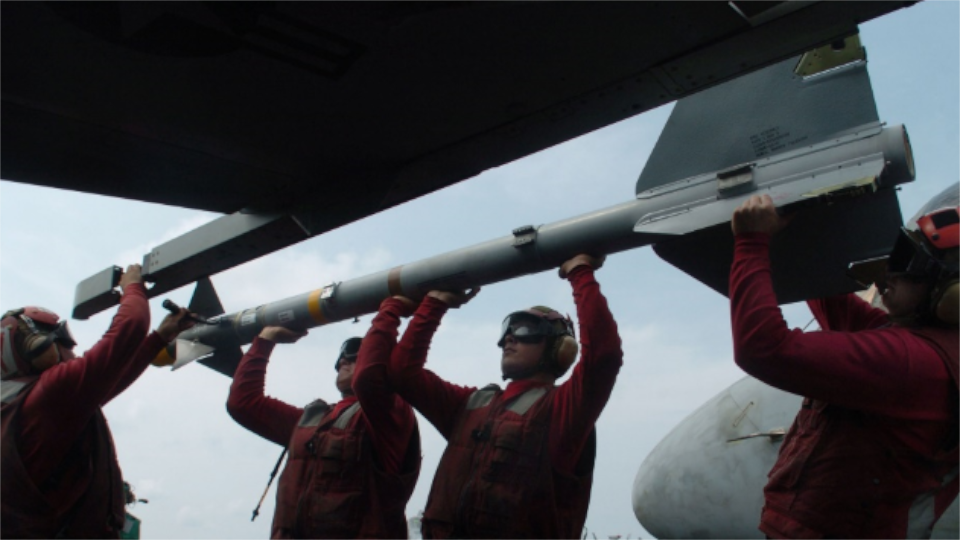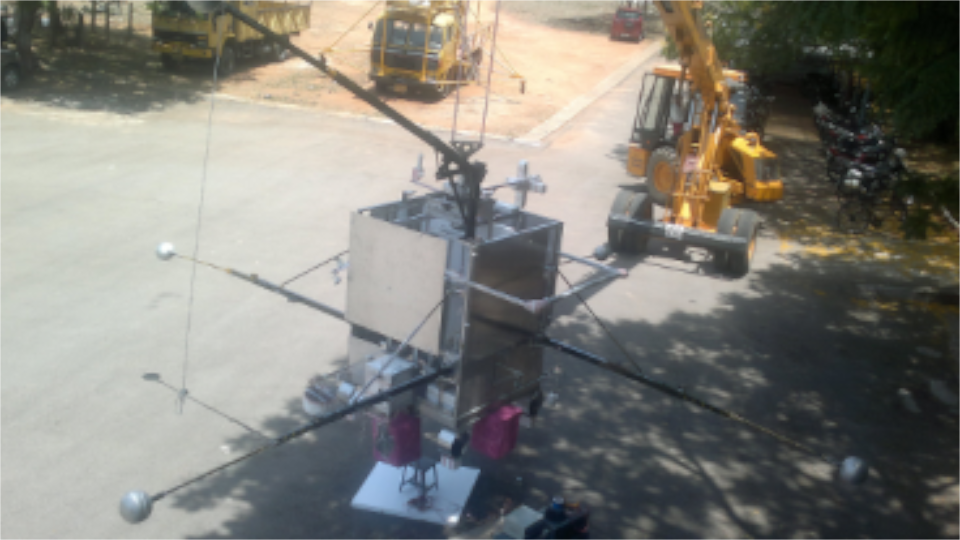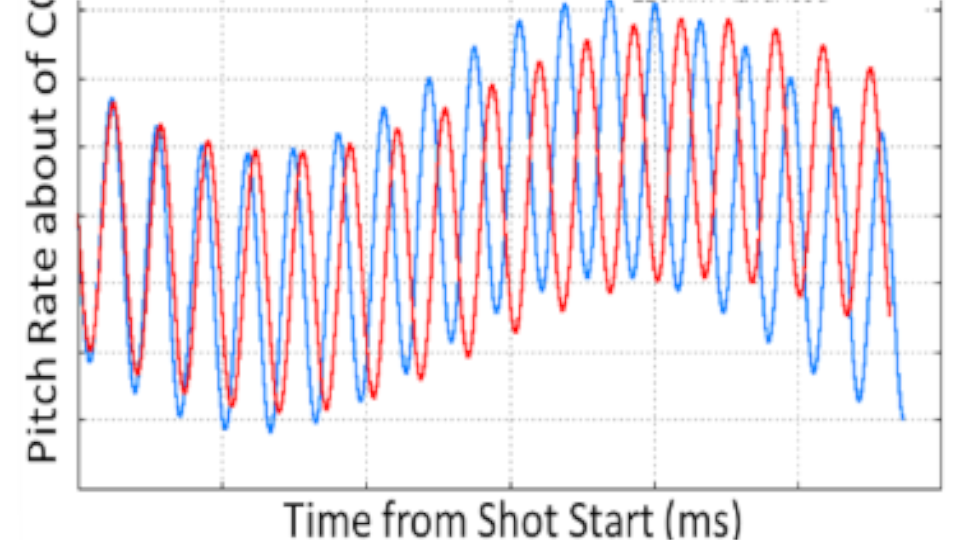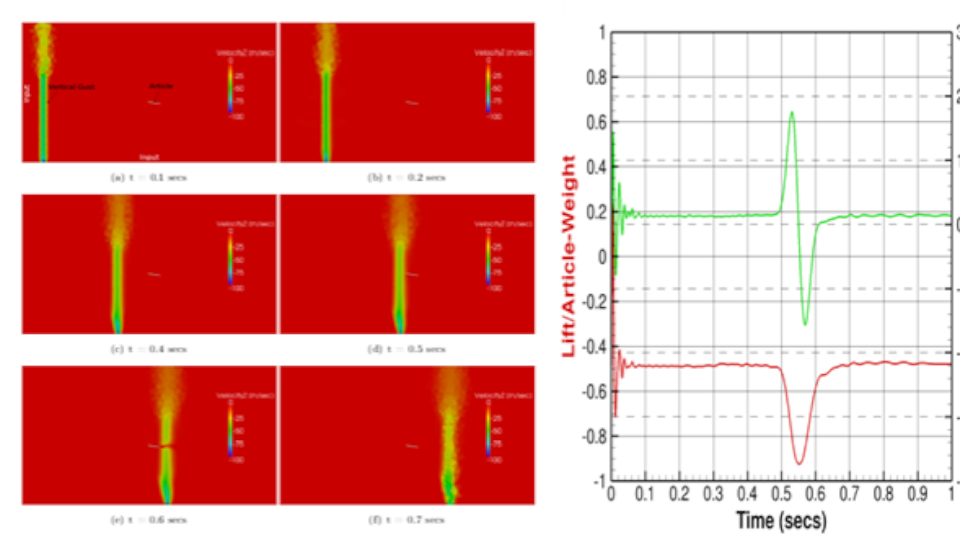Case Studies
Heat Flux Analysis Of Hypersonic Technology Demonstrator Vehicle
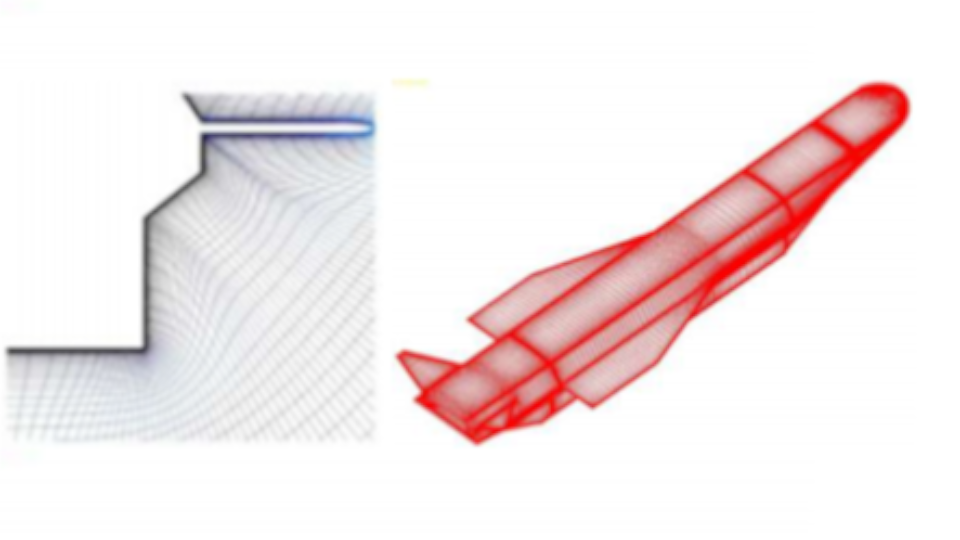
Premier Defence laboratory is responsible for the development of hypersonic launch and cruise vehicles for demonstration of high-end technology. At Mach 6.5, bow shocks and high shearing at boundary layer can lead to high surface heating. The heat flux in previous cases have been found to be high enough to adversely affect the structural integrity of the fuselage. To effectively cool the surface, accurate prediction of heat flux is required. CFD study was done for the cruise vehicle for the high- altitude case.
The structured multi block grid around the cruise vehicle was generated using GridZ™, the meshing module of in-house software CFDExpert™. Analysis was carried out for heat flux, skin friction and on the entire vehicle for three meshes having 2.5, 2.7 and 8 million cells. To maintain the Y+, closest cell to the wall was at two-micron distance. Validation cases were studied for this critical problem to establish the mesh quality. In addition, the air intake was modeled to estimate the flow rate inside the cruise vehicle. HLLC numerical scheme with Spalart-Allmaras turbulence model without wall function was used for simulation.
It was found that the highest heat flux (not shown) occurred at nose, leading edge of lifting surfaces and engine intake. Cooling required for all the surfaces was estimated and given to the customer. Air entering the intake after ramming was found to be adequate for combustion. Pressure and velocity just before the combustion chamber was provided. Components of skin friction and pressure drag were given as an additional output along with the force accumulation curve. Structured meshes were supplied to the customer for doing inter-code comparison on their software.
